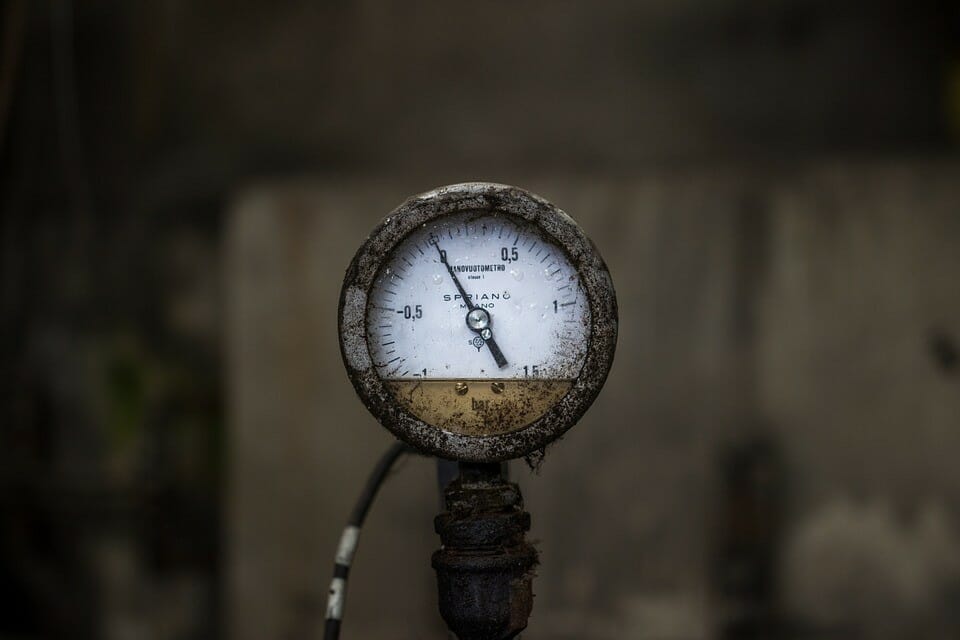An Analysis of the Energy Security in South Asia.
South Asia is touted to be one of the fastest-growing region in the world. Driven by India’s strong economic expansion, favorable oil prices, robust domestic consumption and heightened local and foreign investment, the regional economic growth of South Asia is projected to steadily increase from 7% in 2015 to 7.6 % by 2017.
With the region’s rapid economic expansion and a consistently increasing population, however, comes a growing concern about South Asia’s energy security.

Energy Security in South Asia (Photo credit: Flickr)
South Asia’s challenges in energy supply have been manifesting in the past several years. In India, for instance, energy shortfall during peak hours has been estimated at 10%. In Pakistan, which has seen several bouts with energy shortage since 2007, energy demand has been precariously escalating so the country’s energy requirements are estimated to rise to up to a staggering 50,000 MW in 2030. In Bangladesh, only 30% of rural households have access to the national electricity grid, and about half of the total population still lives in the dark. Nepal has been grappling with power outages of about 20 hours during the dry season.
Despite the region’s observed challenges in energy supply, South Asia, in fact, possesses a huge diversity of energy resources, including oil, gas, coal, hydro power, wind, and solar energy. As a case-in point, India has oil resources with a potential 5,576 million tons of oil equivalent. Pakistan boasts of 3,600 million tons, while Bangladesh has an estimated 0.96 million tons. When it comes to gas resources, Afghanistan has about 120 billion cubic meters, while Pakistan possesses 7,985 billion cubic meters.

Energy Security in South Asia (Photo credit: Flickr)
In recognition of the region’s pressing energy supply concerns, governments in South Asia are now working on long-term initiatives to capitalize on their untapped natural energy resources, diversify their energy sources and enhance intra-regional energy trade.
Select Energy-Related Developments in South Asia
India’s remarkable economic expansion in recent years is heavily anchored on its manufacturing industry, stimulated by its government’s campaign to create 100 million factory jobs and increasing manufacturing’s share in the national GDP from 18% to 25% by 2022. Hence, the spike in commercial and industrial manufacturing, combined with sustained infrastructure construction activities, caused India’s oil demand to exponentially rise.

Energy Security in South Asia (Photo credit: Flickr)
In fact, India consumed four million barrels of oil in 2015, and in 2016, it was expected to surpass Japan as the world’s third-largest oil consumer. India is predicted to be the world’s fastest-growing crude consumer through 2040, adding six million barrels a day of demand.
In order to satiate its energy and oil & gas requirements, India’s government and several public and private companies have pledged billions of US Dollars’ worth of investment in oil & gas assets in the country and elsewhere. For example, Indian firms have proposed dedicating approximately USD 5 billion to the development of various Siberian oil & gas fields. State-owned explorer Oil & Natural Gas Corporation has also allocated USD 5 billion to develop an oil & gas field off India’s east coast. The latter is expected to add about 10% to India’s oil production and 18% to its natural gas output.
Another notable energy-related development in South Asia is the construction of the Trans-Afghanistan pipeline or the Turkmenistan–Afghanistan–Pakistan–India Pipeline (TAPI), which will connect the regions of Central Asia and South Asia, and thus facilitate the transfer of energy resources. The pipeline will transport natural gas from the Caspian Sea from Turkmenistan through Afghanistan into Pakistan and, then, to India. Construction on the project started in Turkmenistan on December 2015, and the pipeline is expected to be operational by 2019.
The Need for Power, Now More than Ever
A sufficient energy supply is indispensable to the continuous economic growth of South Asian countries. At present, regional governments and various private entities are making progress towards securing the region’s energy future by exploring and developing new energy and oil & gas sources, and forging project partnerships within the region and beyond. Key to the successful completion and implementation of South Asia’s energy-related projects is a reliable and continuous supply of electricity, which can be provided by temporary power plants in case the countries’ available power capacity is not enough for such energy-intensive industrial activities.
Photo credit: Altaaqa Global Caterpillar Rental Power
Temporary power plants represent a power generation technology highly suitable to South Asia’s energy and oil & gas projects. They can be rapidly delivered and installed anywhere in the world, even in remote areas, where governments and private firms in South Asia are now exploring and developing oil & gas resources.
They are highly scalable, so that they can provide the precise amount of power needed in the different processes of an oil & gas operation or pipeline construction. For example, an oil & gas company, like the government-owned Bharat Petroleum Corporation or the private Hindustan Oil Exploration Company Ltd, can opt to start with a small power plant during the less energy-intensive stages, and then ramp up its capacity as operations expand and as processes require more power.

Energy Security in South Asia (Photo credit: Flickr)
Modern rental power plants are equipped with cutting-edge protection systems that ensure a safe operation within oil & gas facilities. Additionally, they will be expertly installed, operated and maintained by certified electrical engineers from the service provider, so oil & gas companies, like Cairn India or Essar Oil, can rest assured that the power plants will remain efficient and reliable throughout the service.
For more information on the benefits of temporary power for oil & gas operations, click here.
Averting the Energy Trade-Off
While a continuous economic growth is a welcome development to any country anywhere in the world, South Asia’s rapid urbanization and industrialization have put immense pressure on the region’s existing energy infrastructure and supply. Energy is an integral component for economic development, and as it is the need of the hour, regional governments and energy firms are dedicating significant investment to secure the South Asia’s energy future. As the region’s energy initiatives come to fruition in the coming years, South Asia is expected to further develop as a true global economic power.
This article is sponsored by Altaaqa Global Caterpillar Rental Power




















